World War II Memorial
Introduction
Text-to-speech Audio
Images
World War II Memorial (Wa State Dept. of Enterprise Services photo)
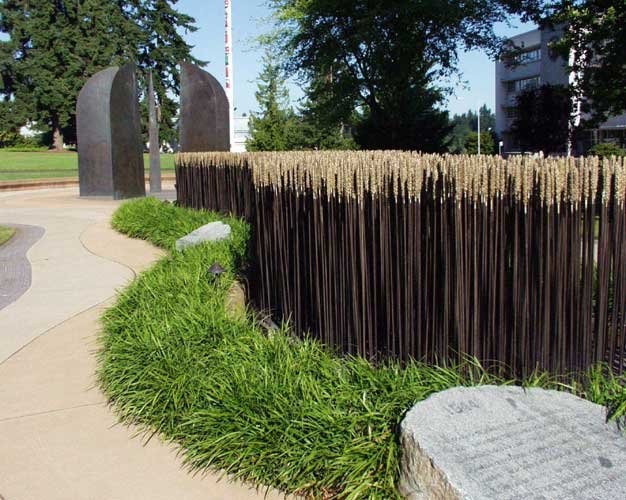
World War II Memorial (Wa State Legislature photo)
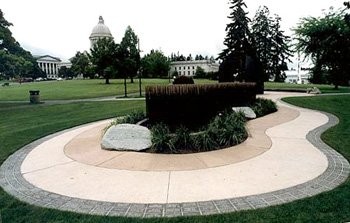
Capital Campus Memorials Map (Wa State Dept. of Enterprise Services photo)
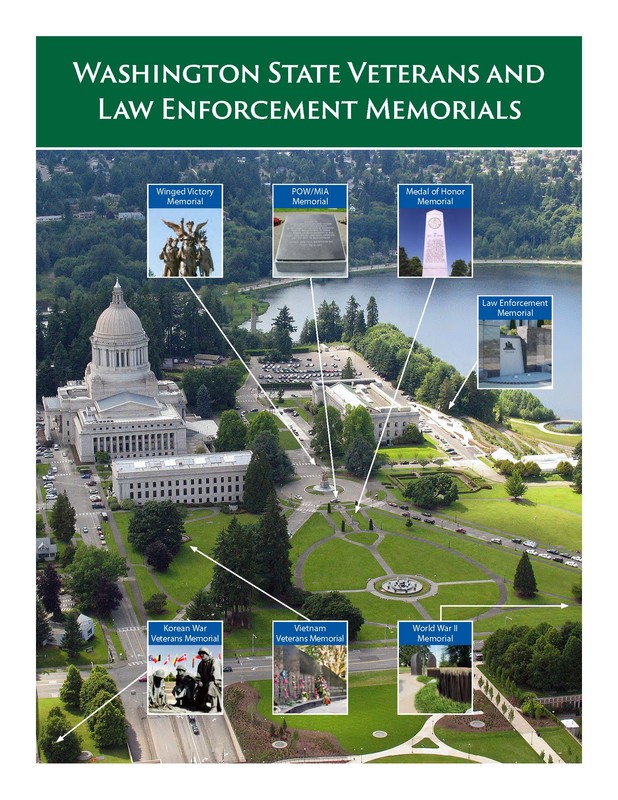
Washington State World War II Honor List of the Dead. (War Department 1946)
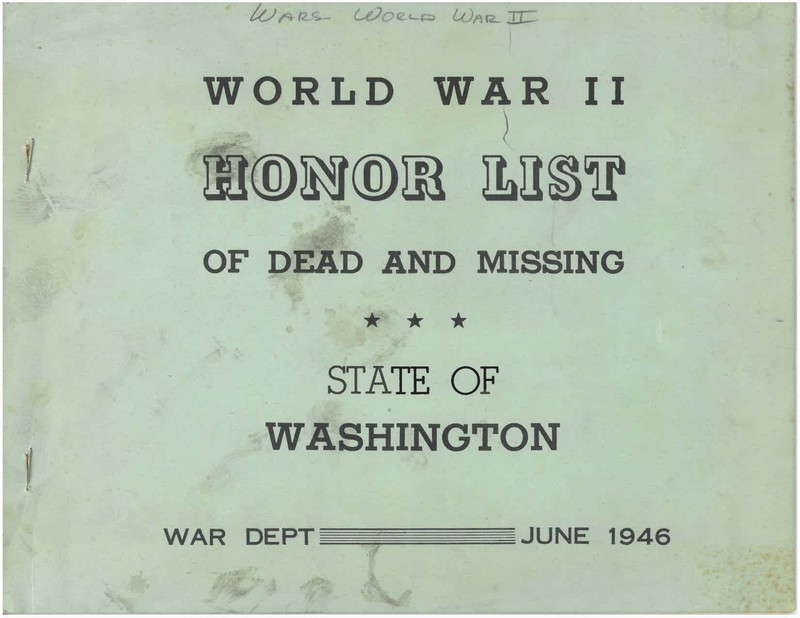
Washington State World War II Honor List of the Dead. (War Department 1946)
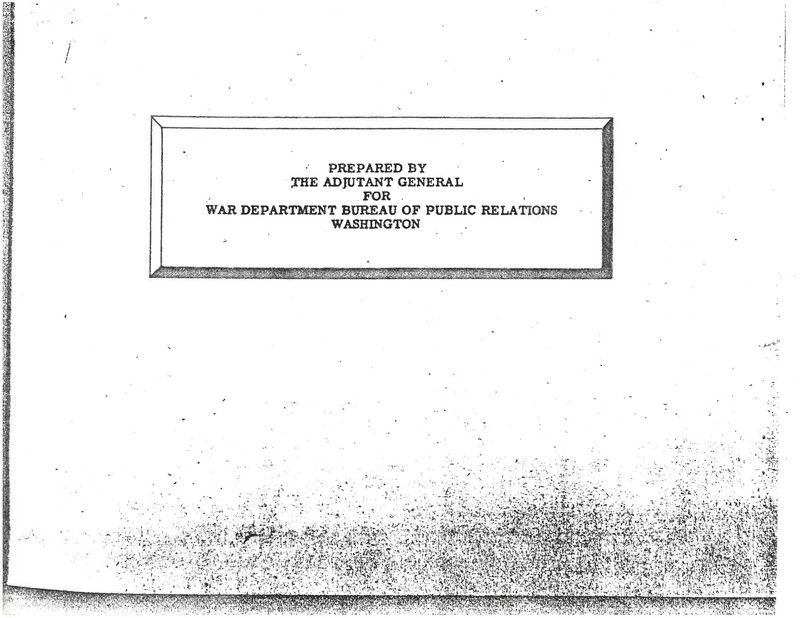
Washington State World War II Honor List of the Dead. (War Department 1946)
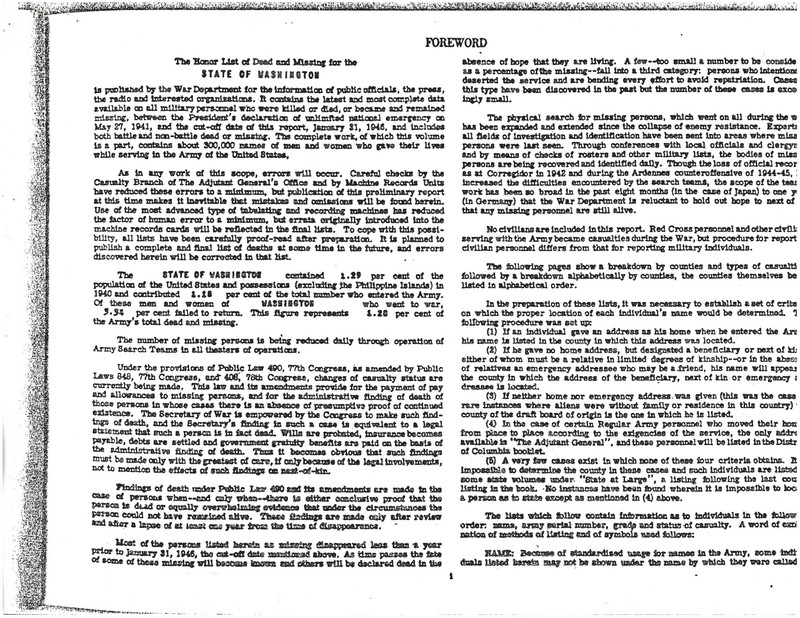
Washington State World War II Honor List of the Dead. (War Department 1946)
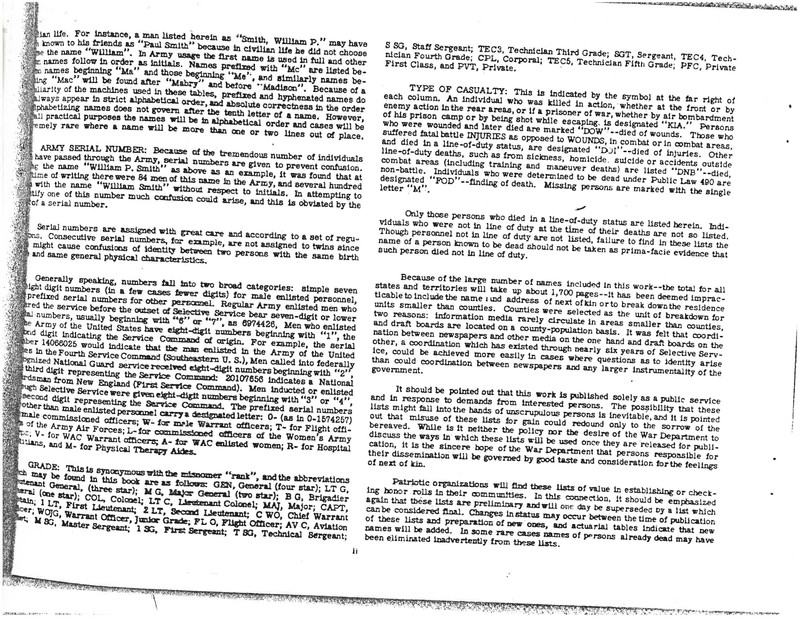
Washington State World War II Honor List of the Dead. (War Department 1946)
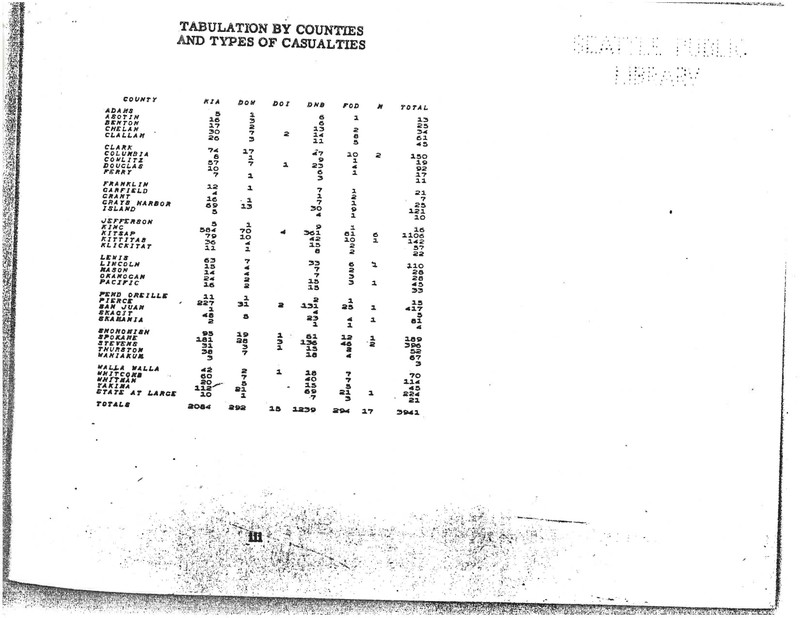
Washington State World War II Honor List of the Dead. (War Department 1946)
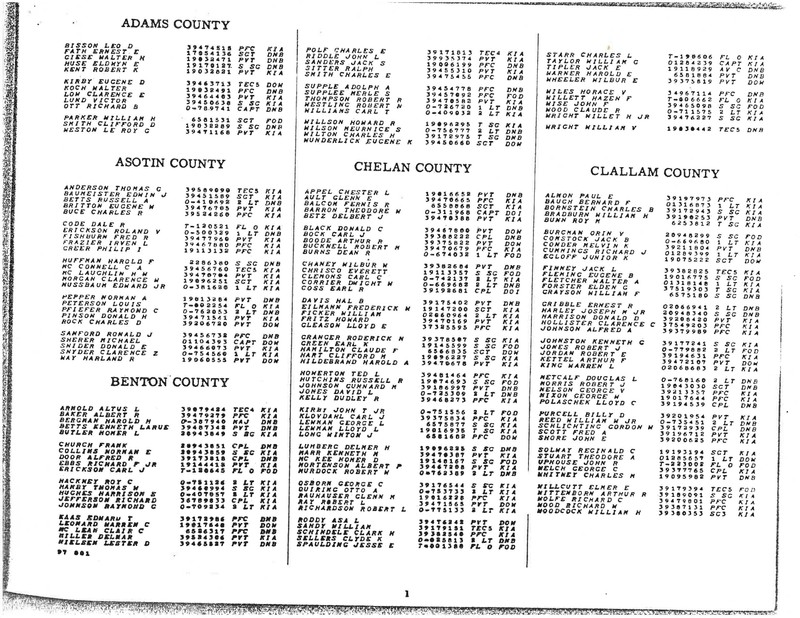
Washington State World War II Honor List of the Dead. (War Department 1946)
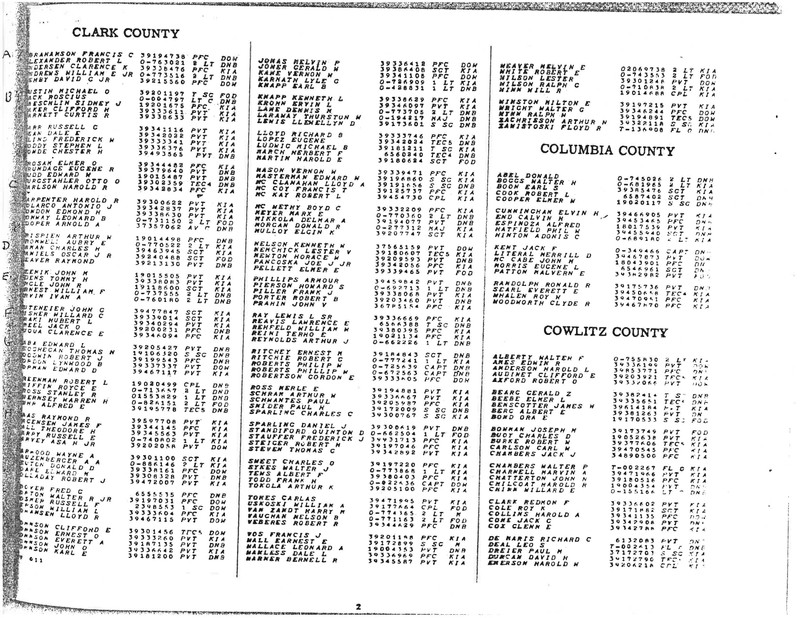
Washington State World War II Honor List of the Dead. (War Department 1946)
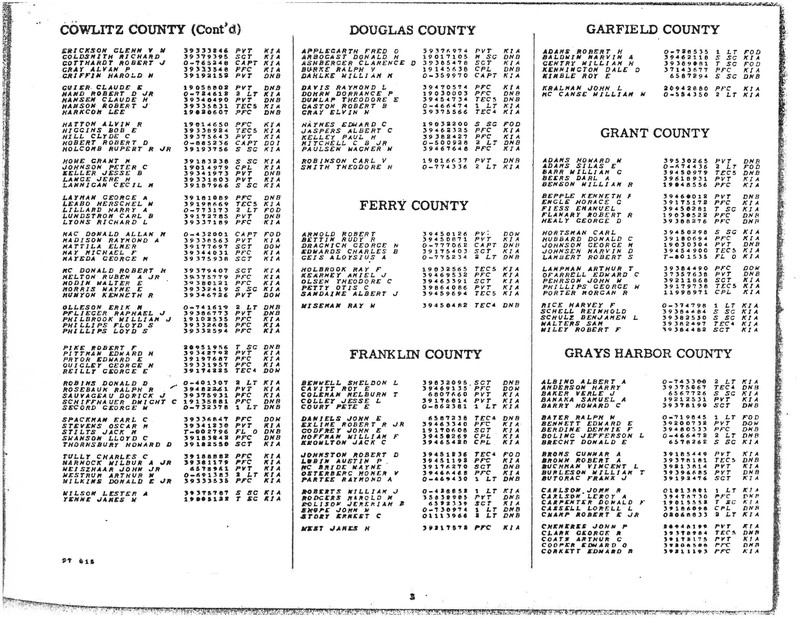
Washington State World War II Honor List of the Dead. (War Department 1946)
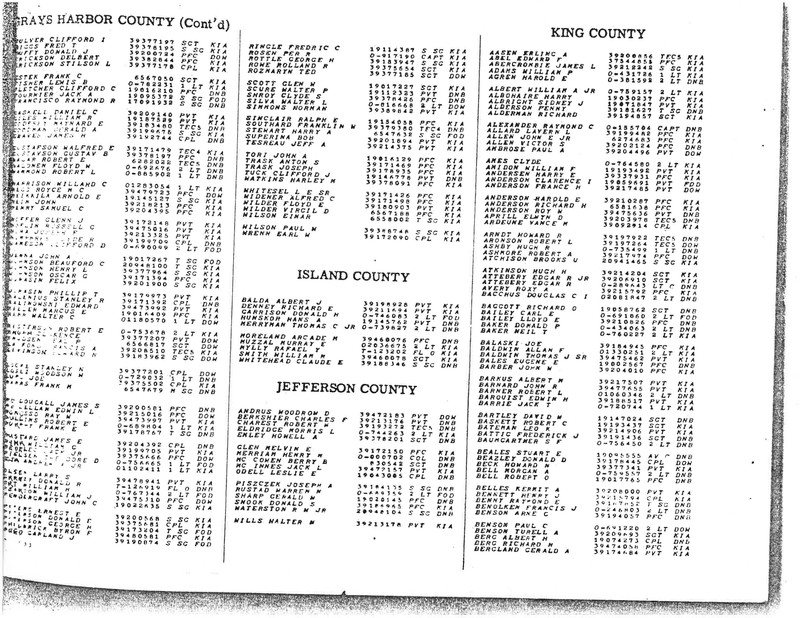
Washington State World War II Honor List of the Dead. (War Department 1946)
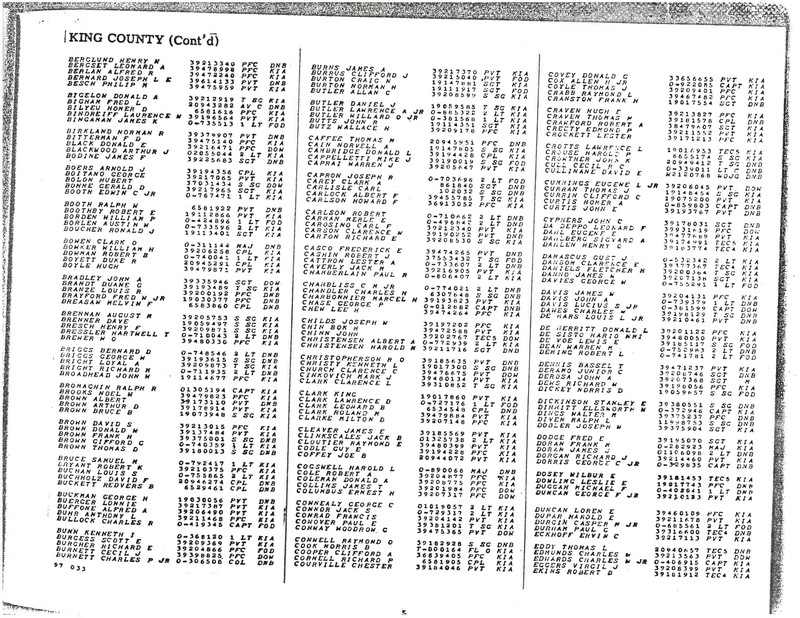
Washington State World War II Honor List of the Dead. (War Department 1946)
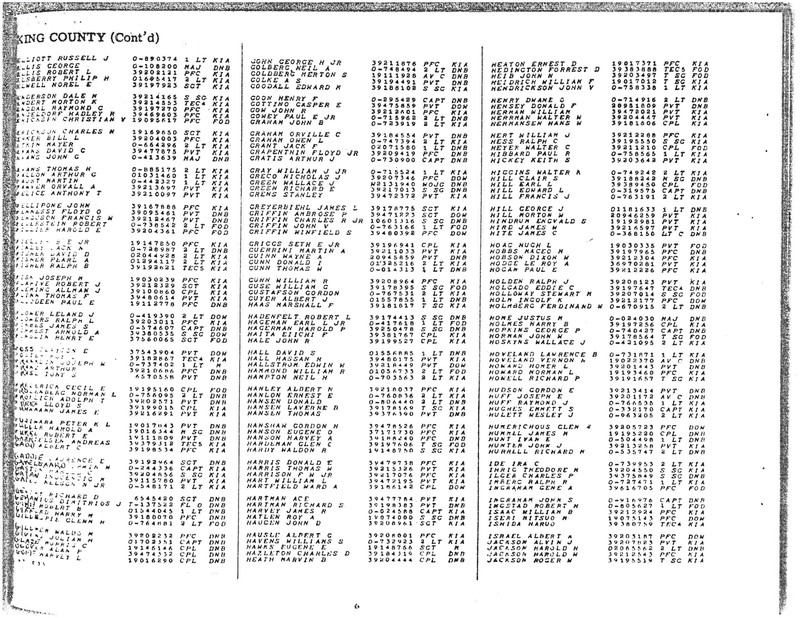
Washington State World War II Honor List of the Dead. (War Department 1946)
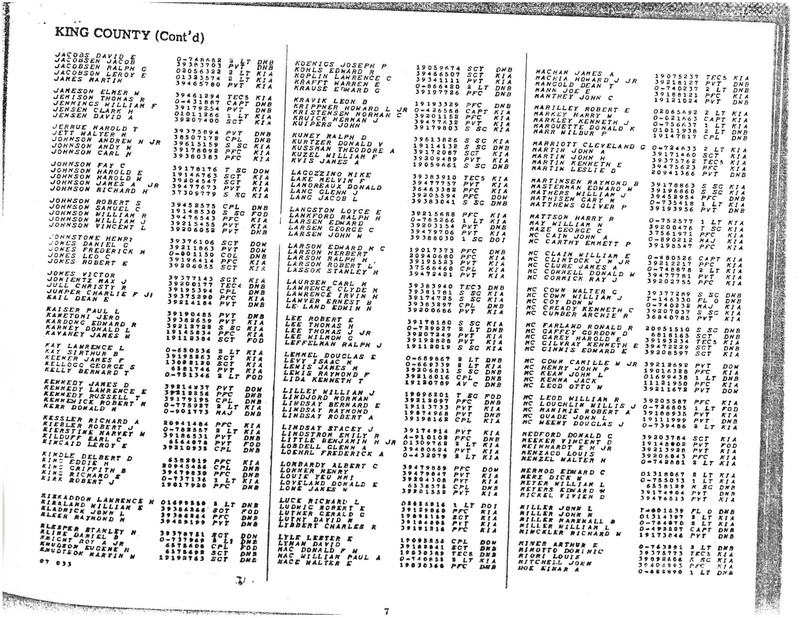
Washington State World War II Honor List of the Dead. (War Department 1946)
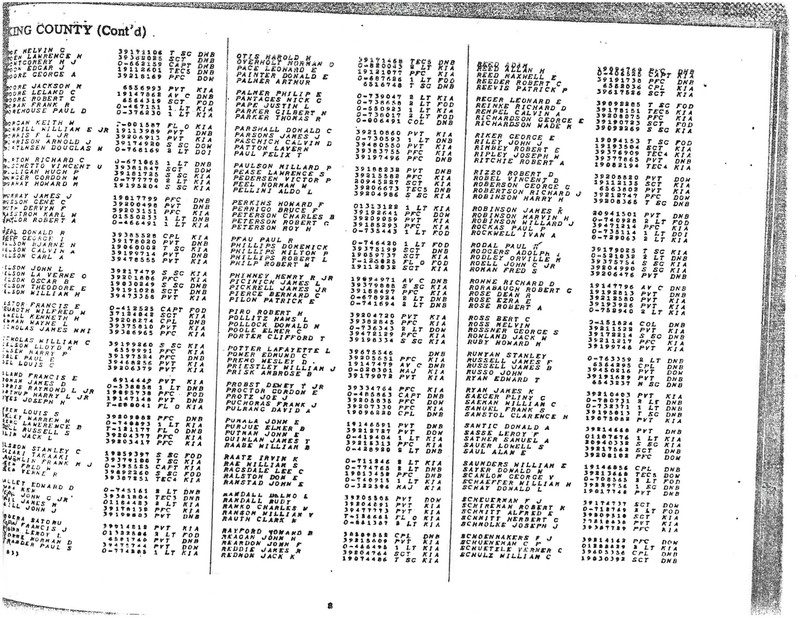
Washington State World War II Honor List of the Dead. (War Department 1946)
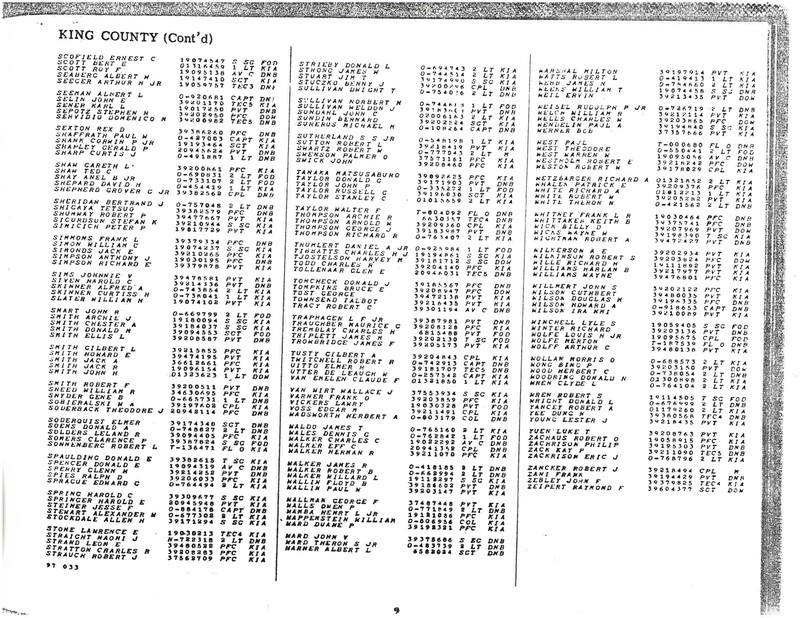
Washington State World War II Honor List of the Dead. (War Department 1946)
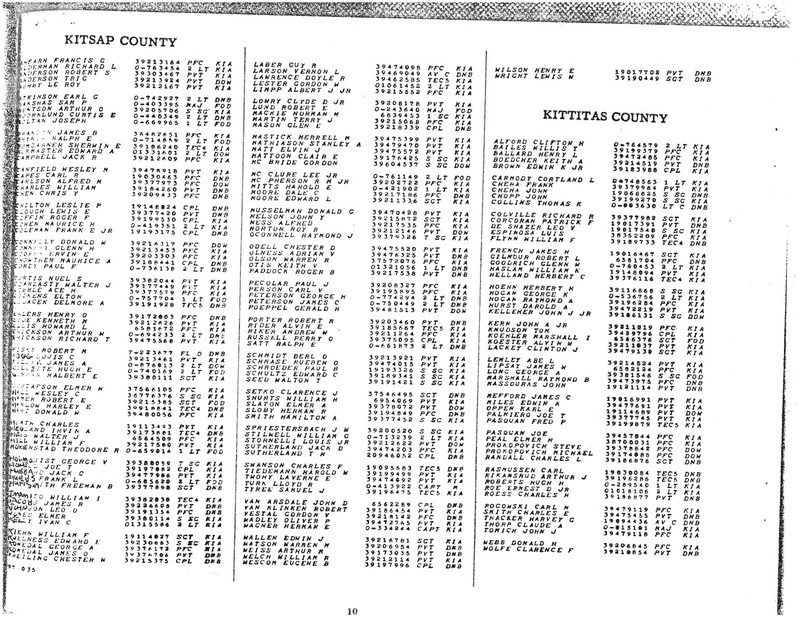
Washington State World War II Honor List of the Dead. (War Department 1946)
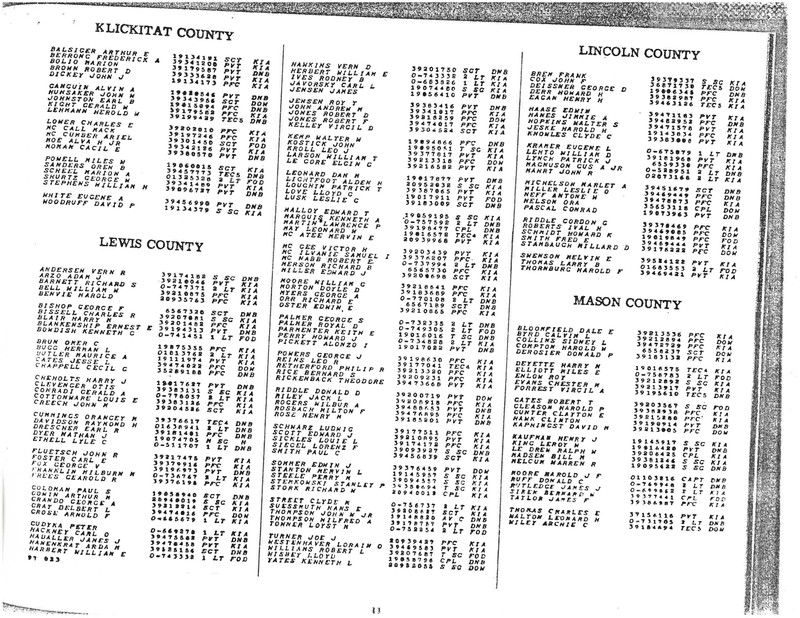
Washington State World War II Honor List of the Dead. (War Department 1946)
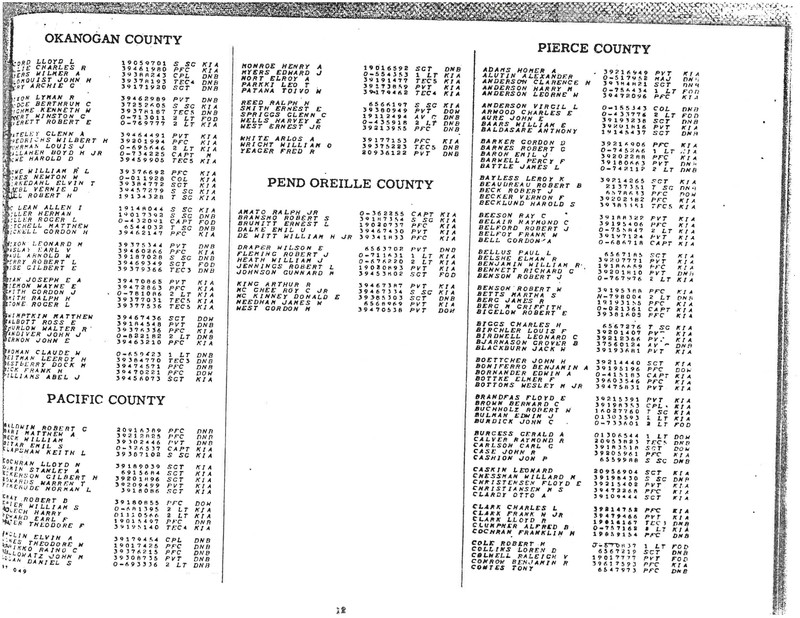
Washington State World War II Honor List of the Dead. (War Department 1946)
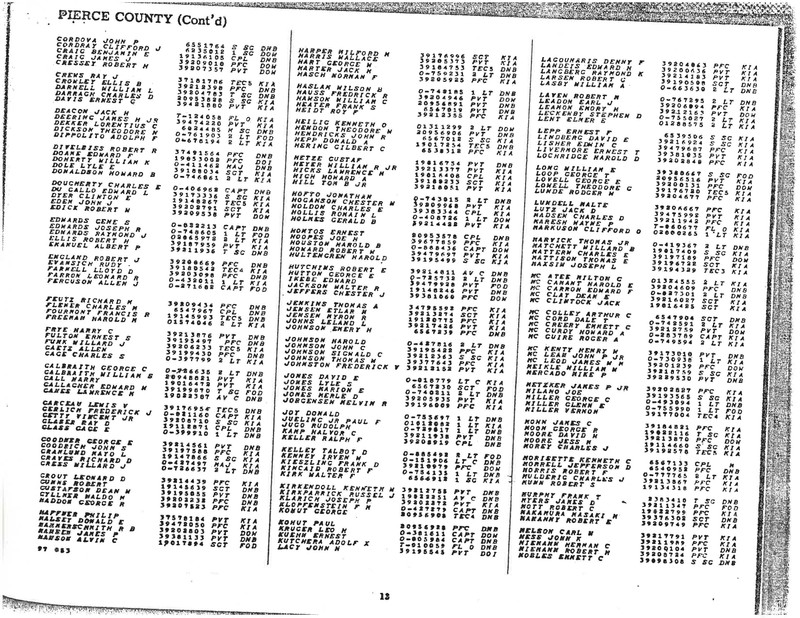
Washington State World War II Honor List of the Dead. (War Department 1946)
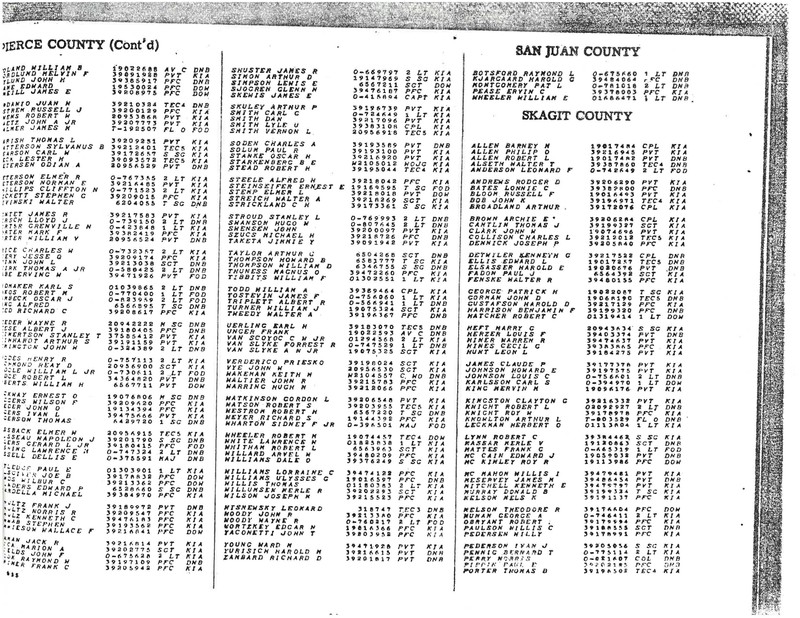
Washington State World War II Honor List of the Dead. (War Department 1946)
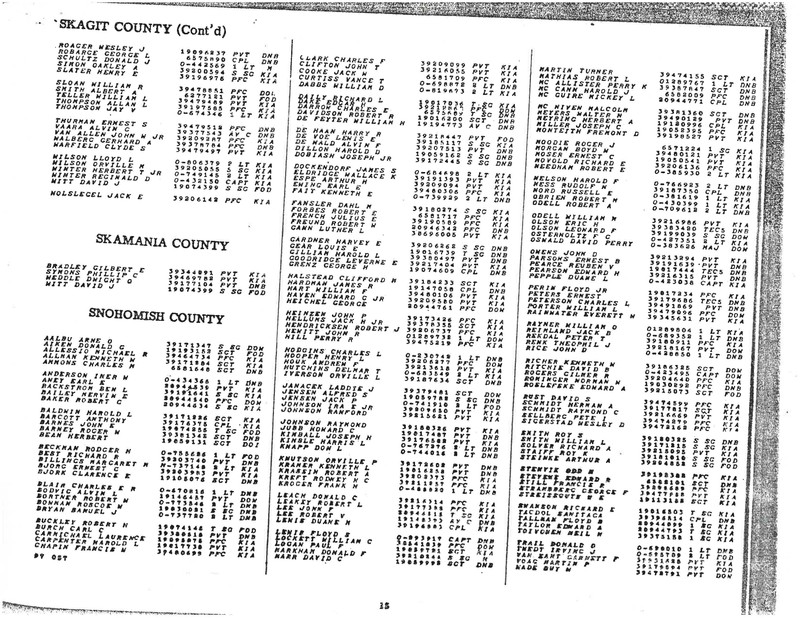
Washington State World War II Honor List of the Dead. (War Department 1946)
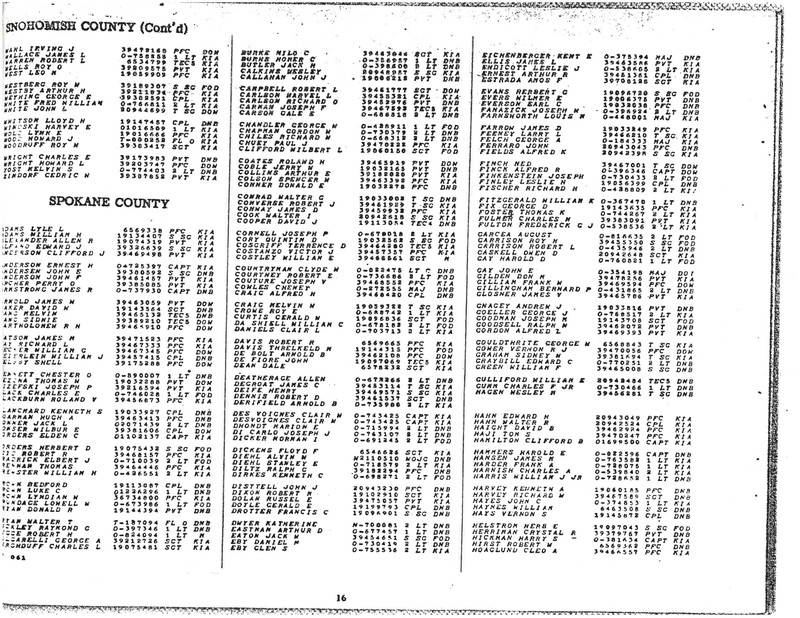
Washington State World War II Honor List of the Dead. (War Department 1946)
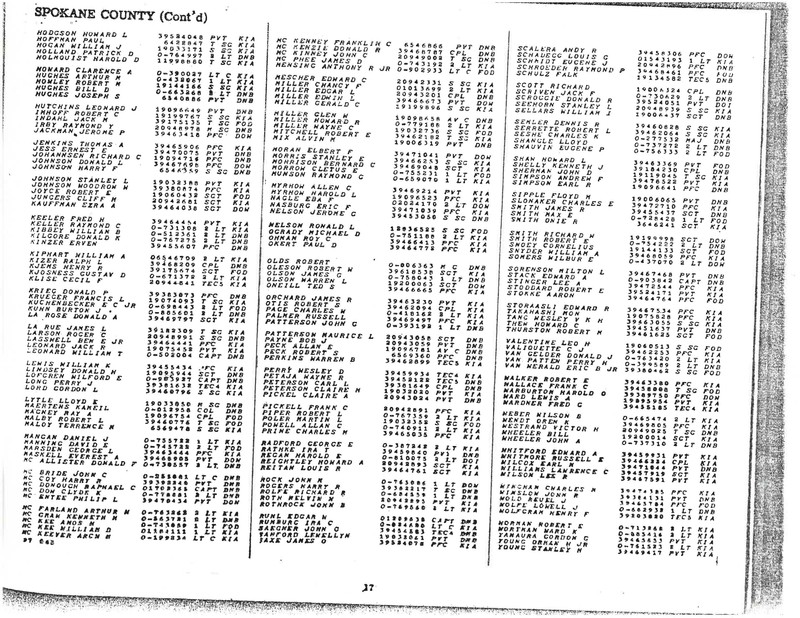
Washington State World War II Honor List of the Dead. (War Department 1946)
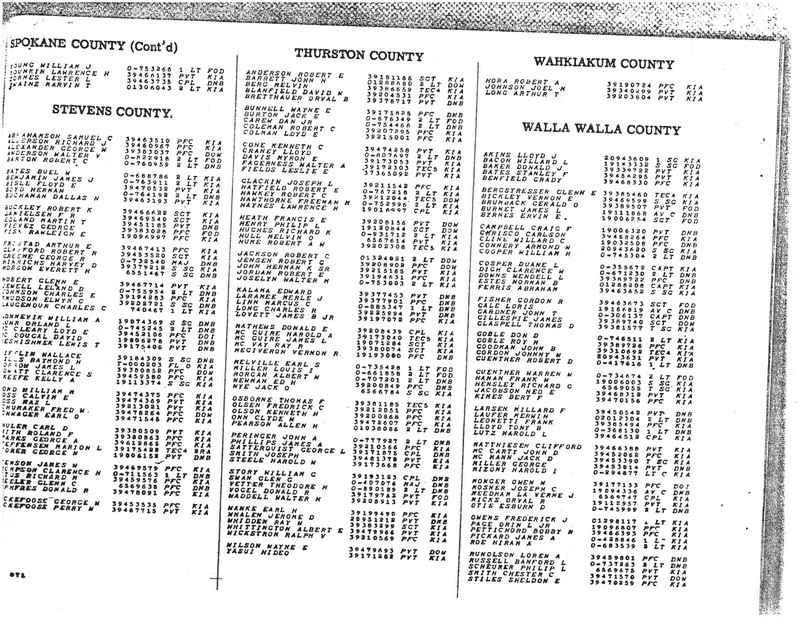
Washington State World War II Honor List of the Dead. (War Department 1946)
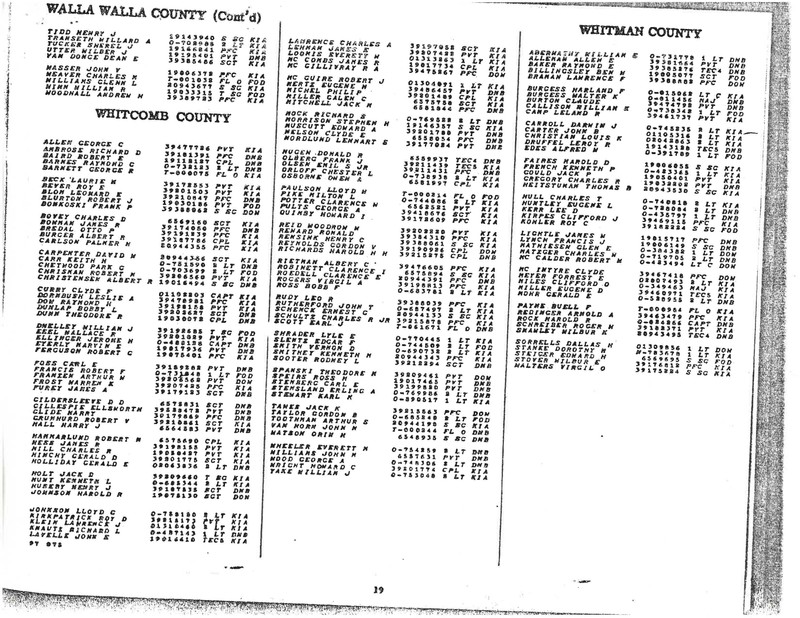
Washington State World War II Honor List of the Dead. (War Department 1946)
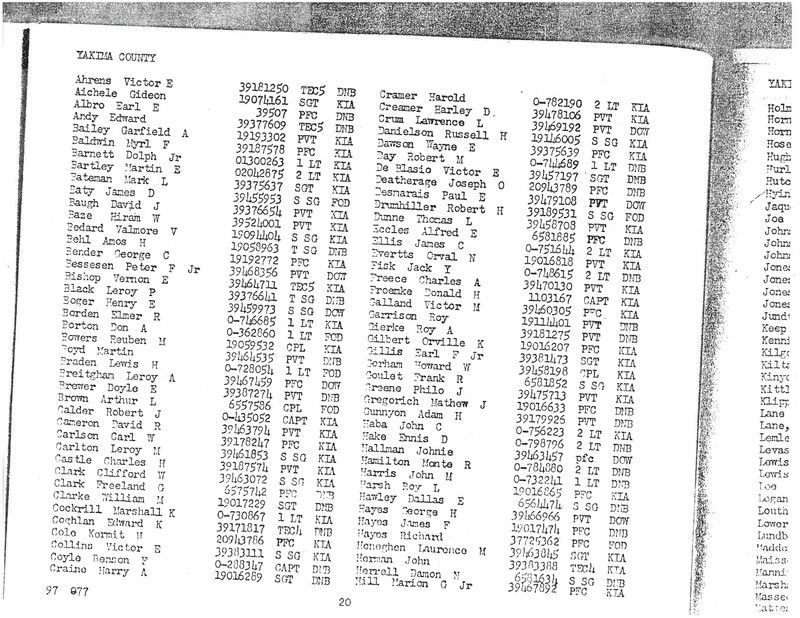
Washington State World War II Honor List of the Dead. (War Department 1946)
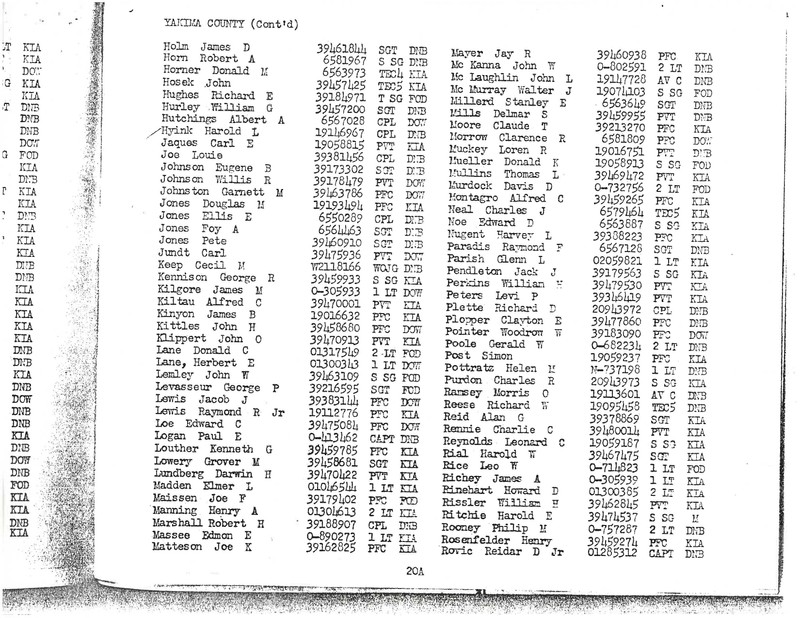
Washington State World War II Honor List of the Dead. (War Department 1946)
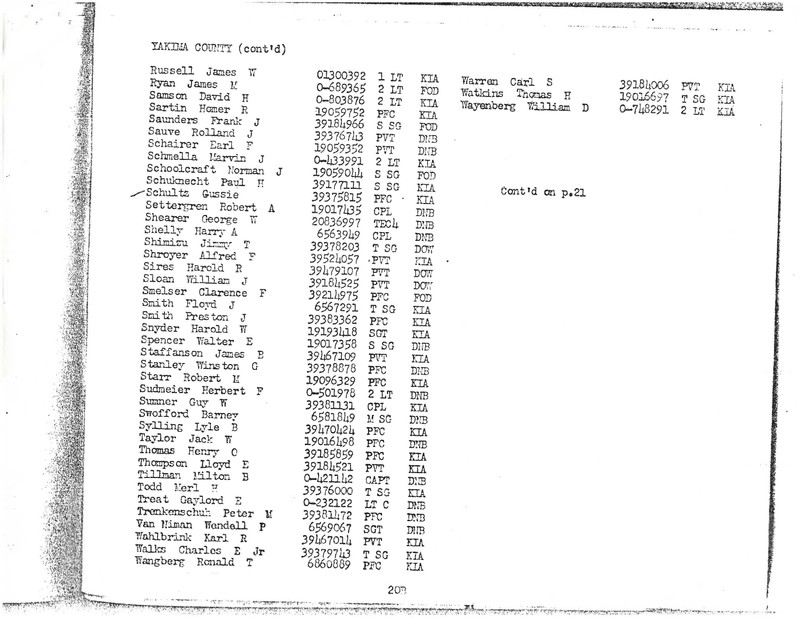
Washington State World War II Honor List of the Dead. (War Department 1946)
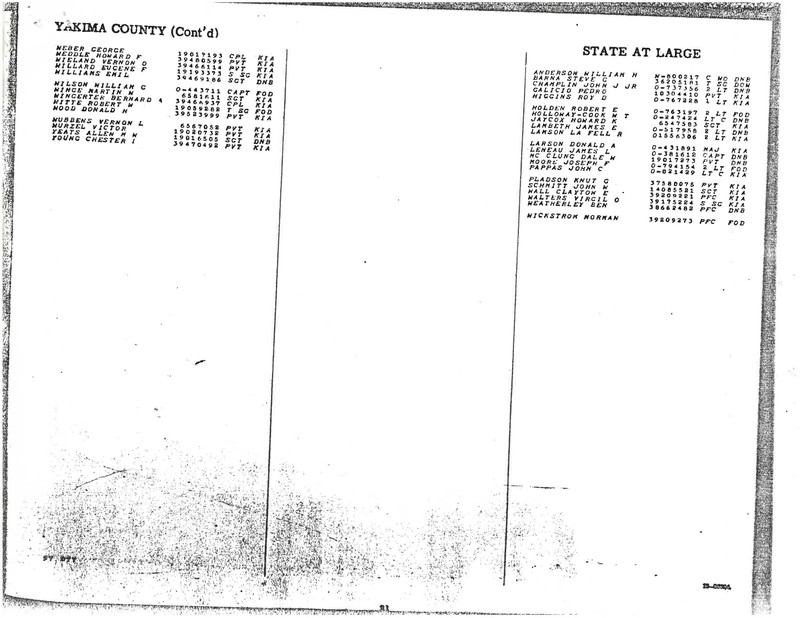
Backstory and Context
Text-to-speech Audio
It is debated to this day when World War II began. However, two watershed moments were the “Marco Polo Bridge Incident” in Asia on July 7, 1937, and the invasion of Poland by Germany on September 1, 1939, in Europe. Two years later Japan bombed the American fleet in Pearl Harbor, Hawaii on December 7, 1941. The United States entered World War II the following day on December 8, 1941, joining the Allied Forces consisting of France, Great Britain, the Soviet Union, and China against the Axis Forces of Germany, Italy, and Japan. The war touched every corner of the globe including Europe, the Pacific, the Atlantic, Southeast Asia, China, the Middle East, the Mediterranean and Northern Africa. Germany surrendered a week after Adolph Hitler committed suicide on May 7, 1945. On September 2, 1945, aboard the USS Missouri, Japanese foreign affairs minister, Mamoru Shigemitsu, signed the Japanese Instrument of Surrender. From the beginning to the end, 20,000-30,000 were killed daily in World War II with total deaths estimated at 50-80 million.
In 1940, Washington State made up 1.29 percent of the nation’s population. Over the course of the war, 1.18 percent of the men and women who served in World War II were from Washington State, of which 3.34 percent did not return home. Back on the home front, Washington State was evolving into an industrial powerhouse. At the beginning of the war, Washington State had no aluminum production. By the end of the war, Washington State was third in the nation for aluminum production. Thousands of B-17 and B-29 bombers and hundreds of Sherman tanks were produced in the state. Warships were built in all five state shipyards. And the plutonium for the two atomic bombs (Fat Man and Little Boy) used to destroy Hiroshima and Nagasaki came from the Hanford nuclear site in Washington State.
The entire World War II Memorial project cost $800,000. The state legislature funded $200,000 while donations and fundraising from both private citizens and municipalities paid the remaining $600,000. After Legislative approval in 1995, Washington State held a competition with 42 entries submitted. Hometown resident Simon Kogan of Olympia, Washington won. Simon Kogan (1959 - present) was born in Russia. Prior to immigrating to the United States, he trained 13 years in Moscow and received a Master’s in Fine Arts. Of Jewish descent, Kogan always dreamed of doing a World War II memorial. A Fellow of the National Sculpture Society, he continues to create art and teach in Olympia, Washington and abroad.
The most complex of the memorials, the World War II design was
“inspired by the first stanza of the song 'America the Beautiful,' and features a cluster of five, 14-foot high bronze blades, which bend into a form mirroring the shape of the capitol dome that looms behind. Each blade symbolizes one of the military units employed in the war and features shadowy images of servicemen. Upon close inspection, one finds that the ghost-like figures are actually formed using the etched names of Washington state’s war casualties.
One blade, rather than carrying the images of soldiers, depicts a mother holding an infant. The child’s shape, unlike the other figures, is not engraved out of names. This symbolizes future generations that were never born as a result of the war. The bronze blades are placed on a circular map of the world that indicates each of the war’s major battles with a bronze marker.
Besides the bronze blades, a winding river of 4,000 metal wheat stalks extends eastward. These stalks were originally intended to represent each of the state residents thought to have died in the war. However, during the time of the memorial’s construction, state officials identified an additional 2,000 casualties. The wheat field now collectively represents all those who died in the war. The wheat stalks were made from melted torpedo railings used on old U.S. warships, donated by the Bremerton Naval Shipyard.
Around the perimeter of the wheat sit five cut granite boulders inscribed with the names of the major battles fought by year. Also surrounding the monument are engraved granite pavers…”1
Bronze Blades:
-Names of the nearly 6,000 Washingtonians who were killed in WWII.
Large Granite Stones:
-Engraved with major battles fought by year.
Granite Tiles:
-Over 3,000 inscriptions with personal messages from donors.
Bronze Plaque #1:
-Summary of WWII events.
Bronze Plaque #2:
-'When my country called, I answered.
When my country asked, I gave.
Reach out now, across the years and through the tears.
Remember me.' A WWII Veteran
Sources
2. Atomic Heritage Foundation. Bombings of Hiroshima and Nagasaki - 1945. June 05, 2015. https://www.atomicheritage.org/history/bombings-hiroshima-and-nagasaki-1945.
3. National Archives. WWII Casualties: Washington. https://www.archives.gov/research/military/ww2/navy-casualties/washington.html#describe.
4. About Simon Kogan. SIMON KOGAN. http://www.simonkogan.com/pages/skAbout.html.
5. Richard, Terry. The Oregonian. World War II Memorial honors war service on Washington state Capitol Campus in Olympia. May 26, 2014. http://www.oregonlive.com/travel/index.ssf/2014/05/world_war_ii_memorial_honors_w.html.
6. Richard, Terry. The Oregonian. Olympia State Capitol Grounds decorated by moving World War II Memorial. April 19, 2014. http://www.oregonlive.com/travel/index.ssf/2014/04/olympia_state_capitol_grounds.html
7. Camden, Jim. The Spokesman - Review. State’s WWII memorial on Capitol campus restored. December 07, 2010. http://www.spokesman.com/stories/2010/dec/07/states-wwii-memorial-restored/.
8. Warren, James R.. The War Years: A Chronicle of Washington State in World War II. Edition 1st. Univ. of Washington Press.
9. WA State Legislature. World War II Memorial. http://leg.wa.gov/Memorials/Pages/WW2.aspx.
10. Columbia College The Eleanor Roosevelt Paper Project. WW II (1939-19450. https://www2.gwu.edu/~erpapers/teachinger/glossary/world-war-2.cfm.
